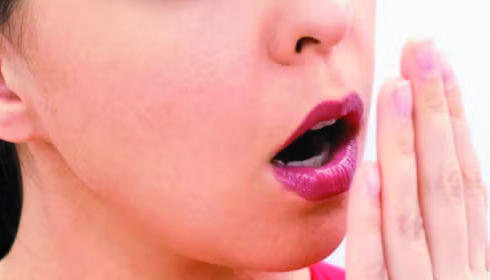
Tackling the Social Stigma of Bad Breath: Causes, Impact, and Solutions
In today’s fast-paced society, maintaining a presentable appearance and fresh breath is more than just a matter of personal hygiene—it’s essential for successful social interactions and professional relationships. Unfortunately, bad breath, or halitosis, is a common yet often overlooked issue that can severely impact one’s confidence and ability to connect with others.
Understanding Halitosis: What Is It?
Halitosis, derived from the Latin words halitus (breath) and osis (disease), refers to an unpleasant odour emanating from the mouth. First identified by Howe in 1874, halitosis can be classified into three types: genuine, pseudo (false), or halitophobia—a fear of having bad breath even when none is present. The most common form, morning halitosis, occurs after a night’s sleep and is typically temporary.
While often dismissed as a minor issue, halitosis can become a significant social and health concern. The condition is usually first detected by others, leading to embarrassment and potential damage to both personal and professional relationships. Understanding the underlying causes is key to managing and preventing this condition.
Causes of Bad Breath: A Closer Look
Halitosis can arise from a variety of sources, including oral, nasopharyngeal, and even systemic medical conditions. We can broadly categorise the primary contributors into three areas:
1. Oral Issues:
Bacterial Activity: Gramme-negative bacteria in the mouth play a central role in producing bad breath. These bacteria thrive in periodontal pockets, on unclean dentures, and around faulty restorations. They metabolise sulphur-containing amino acids into volatile sulphur compounds, such as hydrogen sulphide and methyl mercaptan, which emit a foul odour.
Dry Mouth and Fasting: A dry mouth, whether due to fasting, dehydration, or certain medications, provides an ideal environment for these bacteria to flourish, leading to bad breath.
Food Leftovers: Leftover food particles can decay and contribute to unpleasant odours, especially when stuck in areas that are difficult to clean.
2. Medical Conditions:
ENT and Gastrointestinal Issues: Problems related to the ear, nose, throat, and digestive system can lead to halitosis. Conditions like sinusitis, gastro-oesophageal reflux disease (GERD), and ulcers are known contributors.
Systemic Diseases: Diabetes, renal issues, and liver problems can also cause halitosis due to the body’s altered metabolism and the presence of specific byproducts in the breath.
Psychiatric Conditions: Delusional halitosis, where a person believes they have foul breath despite evidence to the contrary, is another facet of this condition.
3. Lifestyle Factors:
Diet: Consumption of foods like garlic, onions, and spices is a well-known cause of temporary bad breath. During digestion, these foods release sulphur compounds, which the lungs then expel.
Habits: Smoking and alcohol consumption are major culprits, as they not only dry out the mouth but also introduce additional odors.
Betel Nut Chewing: Popular in certain cultures, betel nut chewing is associated with persistent bad breath and other oral health issues.
Addressing Halitosis: Treatment and Prevention
Medical and dental professionals are essential in diagnosing and treating halitosis. The first step is determining whether the cause is poor oral hygiene or an underlying medical condition. Treatment typically involves a multifaceted approach.
Oral hygiene: regular brushing, flossing, tongue cleaning, and professional dental cleanings (scaling) are critical. Using mouth rinses, especially those containing metal ions like zinc, can help neutralise odour-causing sulphur compounds.
Oral Care Products: Specialised products that inhibit the formation of volatile sulphur compounds can be beneficial. These products often contain zinc or other agents that bind with sulphur compounds, reducing their odour.
Diagnostic Tools: Advanced tools like halimeters can measure the levels of volatile sulphur compounds in the breath, helping professionals assess the severity of halitosis. Other methods include organoleptic testing, osmoscopes, breath analysers, and gas chromatography.
The Importance of Fresh Breath
Ignoring halitosis can negatively impact personal comfort and social interactions. Prompt management and proper oral hygiene practices are crucial to ensuring fresh breath. By addressing the root causes, individuals can prevent bad breath and maintain a confident, socially engaging presence.